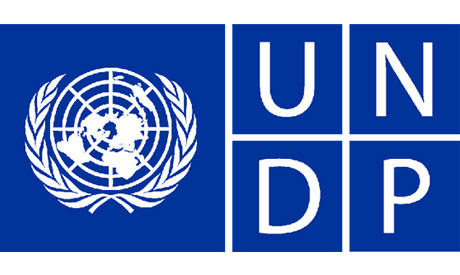About Centre for Strategic Studies
Centre for Strategic Studies Because infectious diseases are frequently transmitted via touch, hand hygiene is an important first line of defense against the spread of infections in dental practices. But bacteria and other microorganisms can survive on environmental surfaces for extended periods and be spread by touch or cross-contamination to patients, healthcare workers, and other surfaces, making surface disinfection critical. For example, MRSA can survive on surfaces anywhere from 7 days to 7 months. Because infectious diseases are frequently transmitted via touch, hand hygiene is an important first line of defense against the spread of infections in dental practices.
Centre for Strategic Studies Because infectious diseases are frequently transmitted via touch, hand hygiene is an important first line of defense against the spread of infections in dental practices. But bacteria and other microorganisms can survive on environmental surfaces for extended periods and be spread by touch or cross-contamination to patients, healthcare workers, and other surfaces, making surface disinfection critical. For example, MRSA can survive on surfaces anywhere from 7 days to 7 months.
Because infectious diseases are frequently transmitted via touch, hand hygiene is an important first line of defense against the spread of infections in dental practices. But bacteria and other microorganisms can survive on environmental surfaces for extended periods and be spread by touch or cross-contamination to patients, healthcare workers, and other surfaces, making surface disinfection critical. For example, MRSA can survive on surfaces anywhere from 7 days to 7 months.
- MRSA can survive on surfaces anywhere from 7 days to 7 months.
- MRSA can survive on surfaces anywhere from 7 days to 7 months.
- MRSA can survive on surfaces anywhere from 7 days to 7 months.
- MRSA can survive on surfaces anywhere from 7 days to 7 months.
Because infectious diseases are frequently transmitted via touch, hand hygiene is an important first line of defense against the spread of infections in dental practices. But bacteria and other microorganisms can survive on environmental surfaces for extended periods and be spread by touch or cross-contamination to patients, healthcare workers, and other surfaces, making surface disinfection critical. For example, MRSA can survive on surfaces anywhere from 7 days to 7 months.







